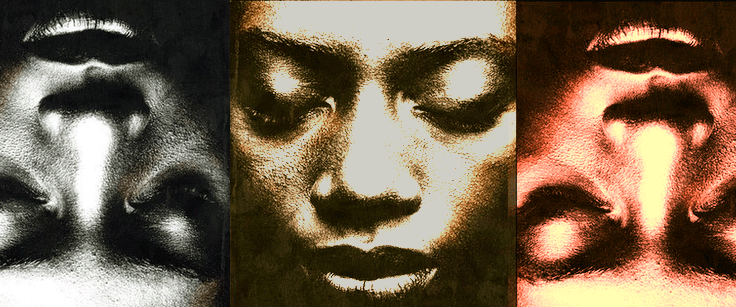 W.E.B Du Bois was a brilliant man. He was an important contributing factor to the new social science named sociology and one of the greatest writers of the African American experience. He introduced the concept of “Double Consciousness”, the way that African Americans viewed themselves, individually and as a group, through the eyes of the society they live in.
W.E.B Du Bois was a brilliant man. He was an important contributing factor to the new social science named sociology and one of the greatest writers of the African American experience. He introduced the concept of “Double Consciousness”, the way that African Americans viewed themselves, individually and as a group, through the eyes of the society they live in.
Double consciousness is a heavy enough burden to deal with but just add gender to the mix. Black women have three strikes against them. They are women, strike one. They belong to a class that is associated with poverty and welfare, strike two. And most importantly, they are black, strike three. Thus the concept of “triple consciousness” is created: being born black, American, and female, with second-class citizenship across the board.
It is a strange lot to be a black woman in American society. She was brought to this country to be an unpaid worker, a concubine and a broodmare. Her body and her sexuality has been reviled and experimented on but from the various brilliant shades of brown black people come in, is curiously loved.
Her face has been used as the poster child for poverty and welfare and she has to deal with the dismissal and contempt from everyone, from her own people to society at large yet in spite of everything, she is filled with fire. A swirling contrast of fire, salty tears wept, and strength.
No pedestal for the black woman because she was needed to be the foot stool for American society. Black women’s personal has always been political since 1619 and their personal lives have always been inextricably tied to larger issues of justice, equality, and human rights. Abolition, anti-lynching crusades, and the boycotts and protests of the Civil Rights movement were matters of survival, and black women have fought relentlessly against the historical struggle of racism, sexism, and poverty while struggling to find the inner woman within.
Feminism as a social and political movement has not fully recognized black women’s triple consciousness, their history and everyday lives, lives lived through the dehumanizing experience of slavery and the unfulfilled promises of Reconstruction; through lynching, Jim Crow, segregation; through contemporary racial disparities and injustice. At its worst, feminism has not only failed to challenge the larger society’s racism and classism, it has mirrored it.
Triple consciousness is not an easy burden for black women because they have been taught to ignore the rampant misogynist, destructive thought patterns that exist in their communities and to just concentrate on issues of race, blindly standing by secular and religious traditions that have been holding them back for a generation.
Amid protests, abolitionist and former slave Sojourner Truth addressed the 1851 Women’s Convention in Akron, Ohio, on the subject of women’s rights (the women’s rights movement having grown, in part, out of the anti-slavery movement). Responding to male contention that women’s delicacy and need for pedestals relieved them of any pesky need for rights, Truth wondered aloud where her pedestal was. Having plowed fields as well as any man, and endured whippings and the sale of her children, across a century Truth’s question still echoes: “Ain’t I a woman?”
Triple Consciousness and the Black Woman,



